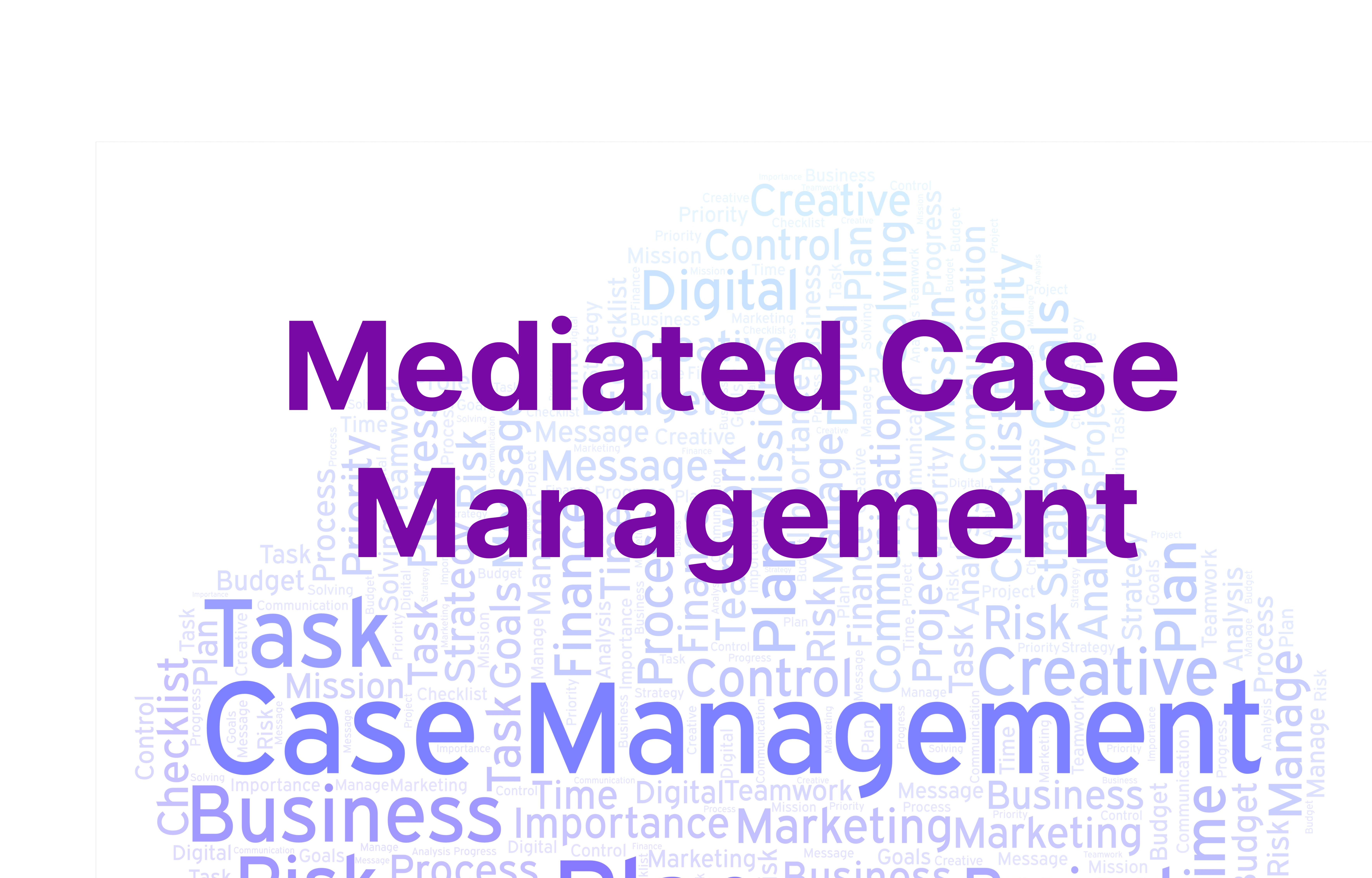By Leslie O’Neal

If the parties are unable to settle at mediation, is that the end of the mediator’s role? Not necessarily! Impasse at mediation may not be “all she wrote” for the mediation process. “Mediated case management” allows the parties and the mediator to work together to make litigation or arbitration more efficient and to set the stage for future dispute resolution.
Defining Mediated Case Management
“Mediated case management” is a blend of facilitated case resolution process with adjudicatory process.[1] It allows the parties to litigate (or arbitrate) their dispute in cost-effective and organized manner. The mediator and the parties develop a discovery process focused on the specific facts related to the core of the dispute; this may include requesting the court or a neutral to provide interim decisions on critical legal issues (e.g., notice, statutes of limitation, limitation of liability, waiver). Document discovery and depositions focus on developing the critical facts. The parties prepare the case for a trial or a final hearing with an eye to resolving some or all issues along the way.
How Does Mediated Case Management Work?
The parties enter into a case management agreement stating they will conduct the litigation and prepare for trial in a cost effective, timely and efficient manner. A third-party neutral works with the parties (and the judge or arbitrator) to create opportunities to settle some or all of the substantive disputes before final hearing. The tribunal holds periodic case management meetings to discuss, negotiate, and agree on discovery and other matters. All concessions, admissions, representations, communications, and discussions arising out of the Mediated Case Management Program are confidential and inadmissible under the “umbrella of mediation,” except written case management commitments submitted to the tribunal as stipulations and discovery responses provided under oath.
The parties agree on the key issues of fact as the basis for a mutually agreeable discovery or joint investigative program to obtain facts needed to resolve the fundamental issues. Discovery occurs through voluntary document exchanges, focused depositions and possible joint interviews or site visits. The mediator assists in resolving any discovery disputes during the process. The goal is that all discovery will aid in an eventual trial or final hearing .
Based on the agreed statement of key legal issues, the parties develop a mutually agreeable method to resolve those preliminary matters. Specific legal issues requiring resolution are highlighted. The judge, arbitration panel or another neutral may render decisions on the key legal issues. The goal is to have the case ready for trial or for settlement sooner rather than later. None of these concepts is cast in stone. One of the program’s major benefits is its flexibility. Counsel, the parties, and the mediator can customize a plan suited to the specific case. For example, in cases with multiple parties and multiple issues, there could be “mini-mediations” on discrete issues (such as change orders), thus reducing the number of issues at final hearing.
Takeaways
Even if a mediation session results in impasse, mediated case management provides opportunities to manage litigation cost effectively and to reach resolution on some or all issues without a trial or final hearing. The discovery process (the most expensive part of litigation) focuses on the primary issues, helping to reduce costs. The process is voluntary and requires cooperation among counsel. It allows case preparation to proceed simultaneously with settlement discussions. And, if the case goes to trial or an arbitration hearing after mediated case management, its presentation will be more streamlined, which will also reduce costs.
[1] Lawrence Watson, The Case for Mediated Case Management, 1 Am. J. Mediation 1 (2007) (https://heinonline.org/HOL/LandingPage?handle=hein.journals/amjm1&div=5&id=&page=)
